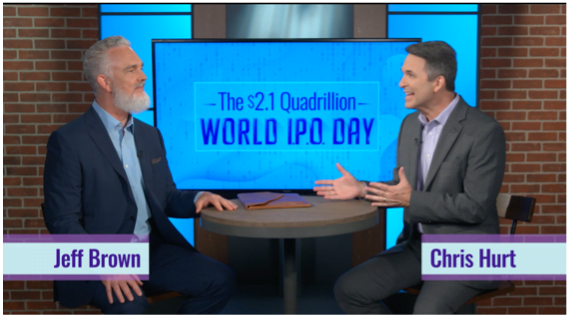Stocks were looking to start the week’s final session lower after yesterday’s reversal. The S&P 500 closed 1.1% lower in the previous session after climbing 1.53%. The Dow declined 0.89% after advancing 1.2%, and the Nasdaq lost 1.3%, reversing a prior move that had the index up 2.1%. The major indices are on track for weekly losses for the third straight week (the fourth for the Nasdaq).
Notably, the S&P 500 closed below 4,500 for the first time since October yesterday. According to T3 Live’s Scott Redler, this is important from a technical standpoint as it “opens the door for a targeted move to at least 4,320, which would take the S&P down 10%.” He continued, “The market has been flashing faulty signals for the past few weeks, and it seems as if the broader indices are finally breaking down.”
Today we’ll discuss a short-term play that allows shareholders to benefit from backslides in the market. This valuable tactic can be used as a hedge and also turn a quick profit when things take a turn. Unlike short-selling, the risk associated with this tactic is limited, in theory making it a safer option.
Traders who are looking to benefit from sliding stocks often turn to short-selling. The main risk of traditional short-selling is that while profit is capped (a stock can only fall to zero), the risk is theoretically unlimited. Of course, other tactics can be used to cover a position at any time, but with a short-selling position, inventors are at risk of receiving margin calls on their trading account if their short position moves against them.
Inverse or “short” ETFs are another option that allows you to profit when a specific investment class declines in value. Some investors use inverse ETFs to profit from market declines, while others use them to hedge their portfolios against falling prices.
Over short periods, you can expect that the inverse ETF will perform “the opposite” of the index, but over more extended periods, a disconnect may develop. Inverse ETFs will decline as an asset appreciates over time. For that reason, inverse ETFs typically are not seen as suitable long-term investments. Furthermore, frequent trading often leads to an increase in fund expenses, and some inverse ETFs have expense ratios of 1% or more.
Inverse ETFs can be excellent day-trading candidates and highly effective short-term hedging tools when approached correctly. There are several inverse ETFs that can be used to profit from declines in broad market indexes, such as the Russell 2000 or the Nasdaq 100. Also, there are inverse ETFs that focus on specific sectors, such as financials, energy, or consumer staples.
With $4 billion in assets, the ProShares Short S&P 500 (SH) is the largest inverse fund by value. Commonly used by investors as a hedging vehicle, the fund strives to deliver the inverse performance of the S&P 500 (SPX). If you’re concerned about the stock market falling, then this fund that moves in the opposite direction of the largest 500 U.S. corporations is the simplest way to protect yourself.
It’s important to note that SH is designed to deliver inverse results over a single trading session, with exposure resetting on a monthly basis. Investors considering this ETF should understand how that nuance impacts the risk/return profile and realize the potential for “return erosion” in volatile markets. SH should definitely not be found in a long-term, buy-and-hold portfolio. The fund comes along with an expense ratio of 0.9%.
Where to invest $1,000 right now...
Before you consider buying ProShares Short S&P 500, you'll want to see this.
Investing legend, Keith Kohl just revealed his #1 stock for 2022...
And it's not ProShares Short S&P 500.
Jeff Bezos, Peter Thiel, and the Rockefellers are betting a colossal nine figures on this tiny company that trades publicly for $5.
Keith say’s he thinks investors will be able to turn a small $50 stake into $150,000.
Find that to be extraordinary?
Click here to watch his presentation, and decide for yourself...
But you have to act now, because a catalyst coming in a few weeks is set to take this company mainstream... And by then, it could be too late.
Click here to find out the name and ticker of Keith's #1 pick...












